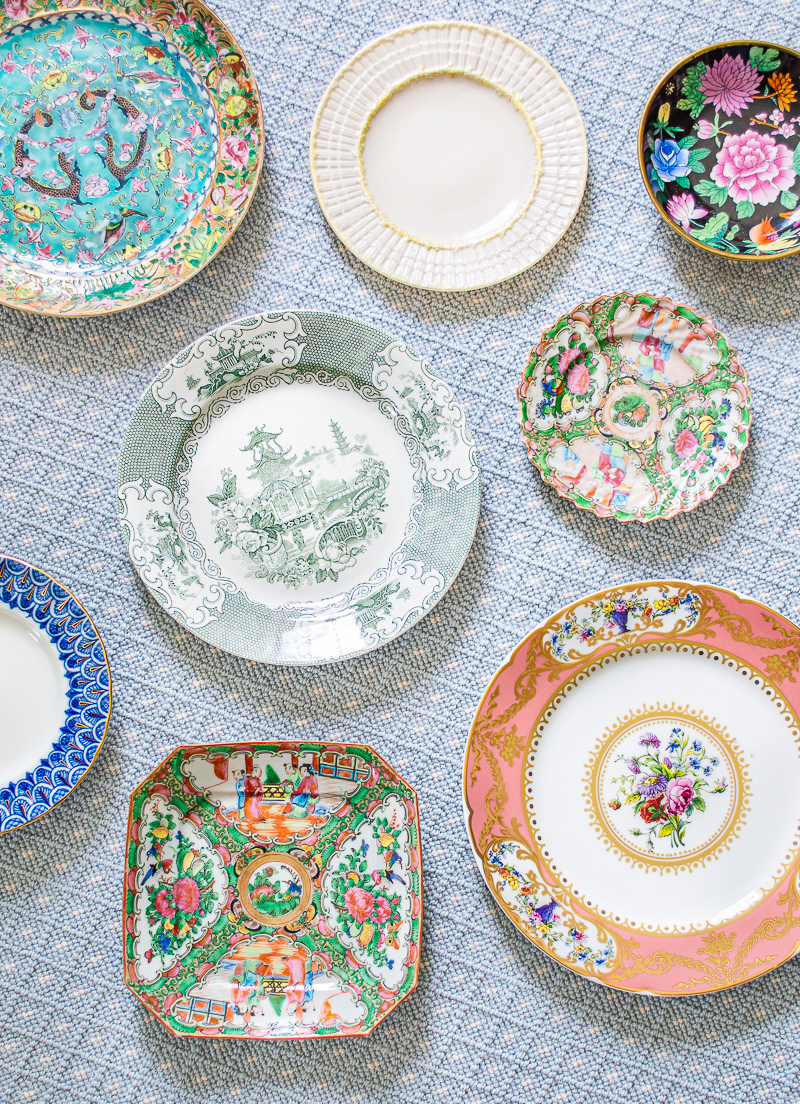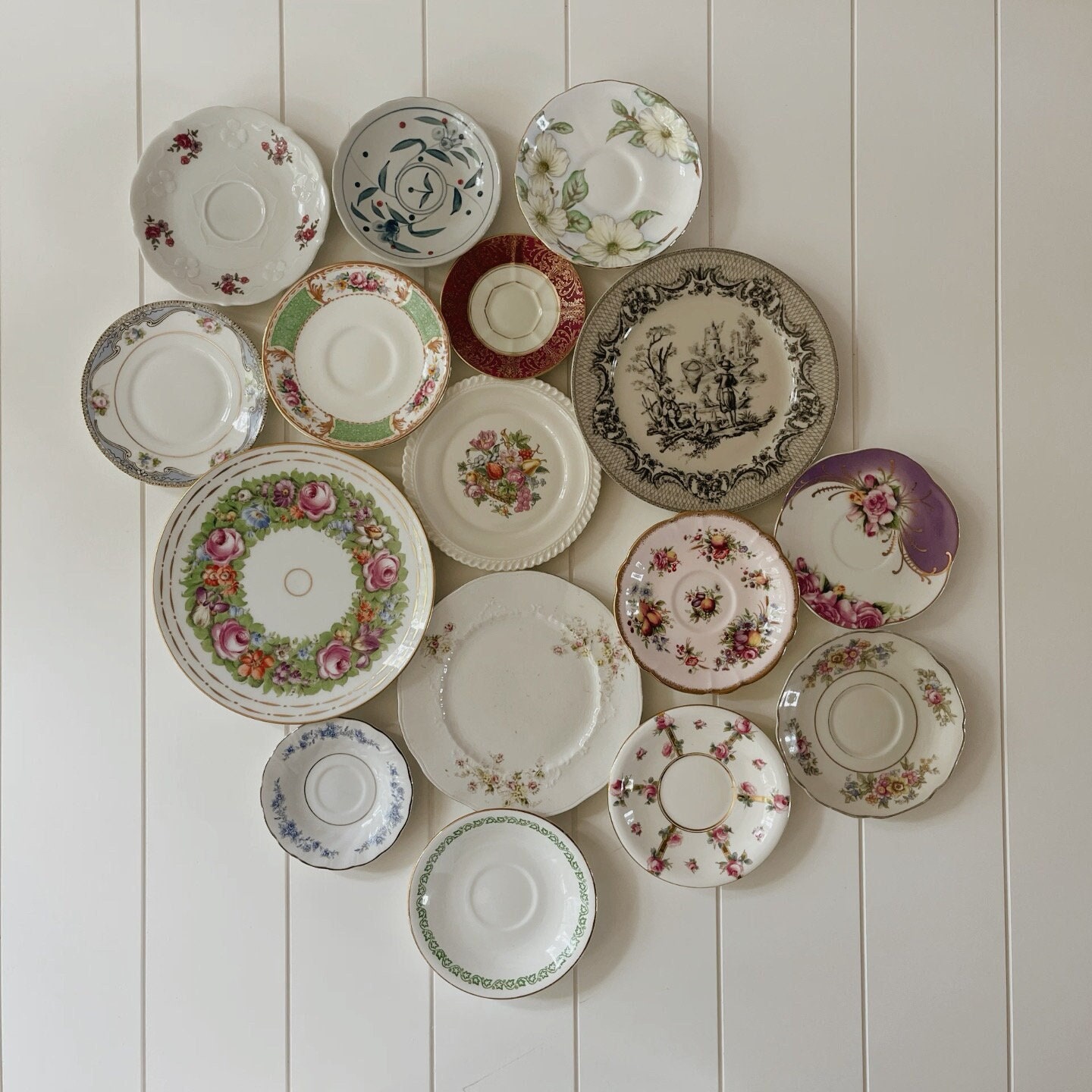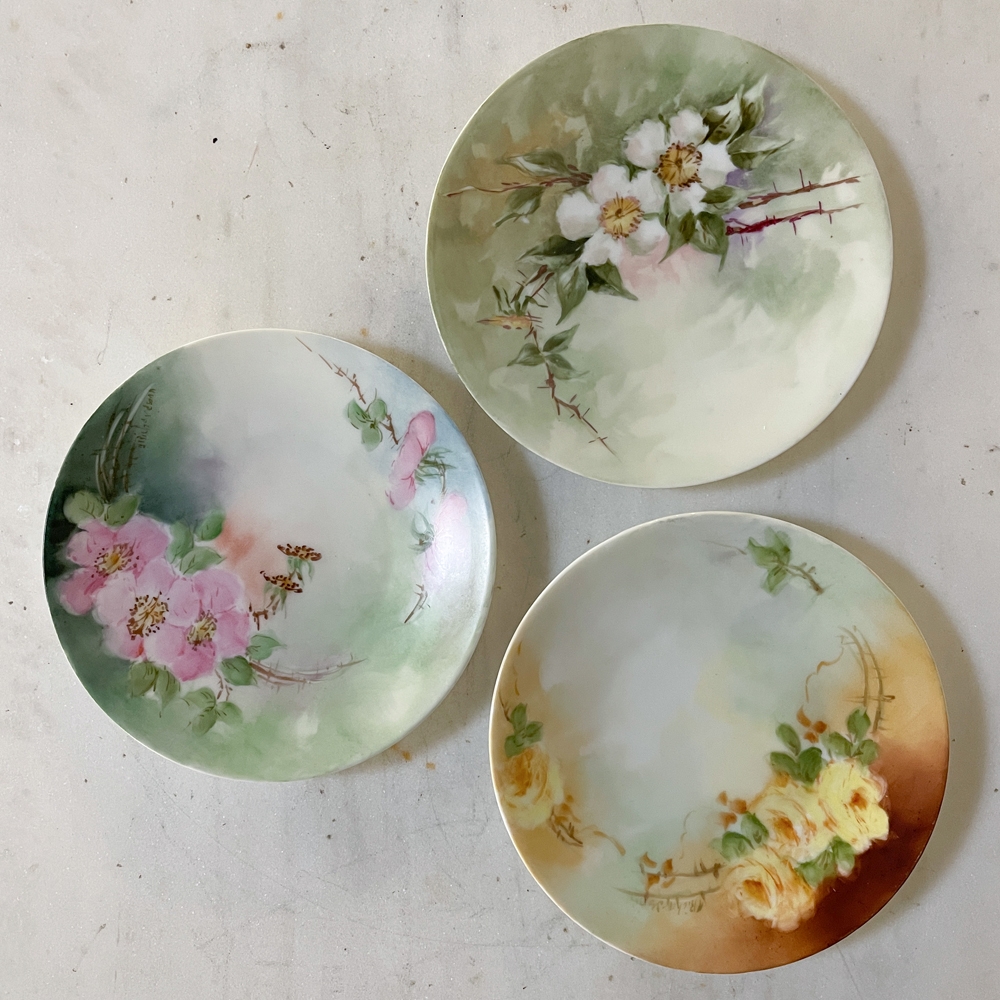If you’ve ever walked through an antique shop or visited a collector’s home, chances are you’ve come across a stunning array of antique decorative plates. These exquisite pieces are more than just charming decor; they bear stories of craftsmanship, history, and art. In this article, I’ll guide you through the fascinating world of antique decorative plates, share my personal experiences with collecting them, and provide valuable tips that will help you appreciate and care for these beautiful treasures.
Understanding Antique Decorative Plates
Antique decorative plates are more than just culinary artifacts; they’re pieces of art that often reflect the culture and history of their time. An antique plate is typically defined as a plate that is at least 100 years old. The allure of these plates lies in their unique designs, materials, and the craftsmanship that bring them to life.
The History of Decorative Plates
The history of decorative plates dates back to ancient civilizations where plates were not only functional but also served ceremonial purposes. In Europe, the 18th and 19th centuries saw a boom in porcelain and ceramic plates, with countries like China, England, and France leading the market.
Popular Countries for Decorative Plates
- China: Famously known for its fine porcelain.
- Germany: Renowned for intricate designs and craftsmanship.
- Italy: Known for colorful majolica and tin-glazed ceramics.
- England: Recognized for transferware and bone china.
Types of Antique Decorative Plates
When it comes to antique decorative plates, there is a wide variety to choose from. Here’s a breakdown of some popular types:
1. Porcelain Plates
These plates are made from kaolin, which gives them a delicate and glossy finish. They often feature intricate designs and are highly sought after by collectors.
2. Ceramic Plates
Ceramic plates are made from clay and can be glazed or unglazed. They come in various styles and are often more durable than porcelain.

3. Transferware Plates
Transferware is a method of decorating pottery by transferring a printed design onto the surface. Often blue and white, these plates are emblematic of Victorian-era design.
4. Majolica Plates
Majolica refers to tin-glazed pottery that features vibrant colors and intricate patterns. Originating from Italy, these plates are a feast for the eyes.

5. Decorative Faiance Plates
Faiance is a type of tin-glazed earthenware that offers a rustic and colorful aesthetic, often with beautiful floral patterns.
How to Start Collecting Antique Decorative Plates
Starting a collection can be an exciting venture. Here are some tips based on my own experiences:

1. Set a Budget
Before diving headfirst into collecting, it’s crucial to set a budget. Antique plates can range from affordable to incredibly expensive. Knowing your limits will help narrow your options.
2. Choose a Focus
Do you want to collect plates from a specific country, a certain style, or a particular era? Having a focus will make your collection more cohesive and meaningful.
3. Do Your Research
Learn about different types of plates, their makers, marks, and the historical context. Books, online resources, and antique fairs are great places to collect information.

Where to Find Antique Decorative Plates
Finding the perfect antique plate can be a rewarding hunt. Here are some excellent places to explore:
- Antique Shops: Local antique shops often have a rotating inventory of decorative plates.
- Flea Markets: These venues can be gold mines for finding unique and affordable pieces.
- Estate Sales: Attend estate sales to discover hidden treasures, often at great prices.
- Online Marketplaces: Websites like eBay and Etsy feature many sellers offering antique decorative plates.

Caring for Your Antique Decorative Plates
Once you have started your collection, taking care of your plates becomes essential. Here are some personal care tips:
1. Cleaning
Always dust your plates with a soft, dry cloth. Avoid harsh chemicals or dishwashers, which can damage the glaze.

2. Display
Consider using plate stands or shadow boxes to display your plates safely. Keeping them out of direct sunlight will also help prevent fading.
3. Storage
If you need to store your plates, wrap them in acid-free tissue paper and store them in a padded box to prevent chipping.

Pros and Cons of Collecting Antique Decorative Plates
Like any hobby, collecting antique plates comes with its own set of advantages and drawbacks. Here’s a quick overview:
| Pros | Cons |
|---|---|
| Unique artistic value | Can be expensive depending on rarity |
| Rich historical significance | Requires specific care to avoid damage |
| Great for home décor | Finding authentic pieces can be challenging |
| Community of fellow collectors | Market fluctuations can affect value |
Frequently Asked Questions (FAQs)
What is the value of an antique decorative plate?
The value of an antique decorative plate can vary widely based on its age, condition, maker, and rarity, ranging from as low as $10 to thousands of dollars.
How can I identify the maker of an antique plate?
Look for marks or stamps on the back of the plate. Many manufacturers have specific logos or designs that can help identify them.
Are all antique plates valuable?
No, not all antique plates hold significant value. It often depends on factors like demand, historical significance, and condition.
How do I know if my antique plate is authentic?
Researching the maker’s marks and consulting with appraisers or antique experts can help verify authenticity.
Conclusion
Collecting antique decorative plates can be a profound and rewarding hobby, offering a glimpse into the artistry and craftsmanship of bygone eras. Whether you’re a seasoned collector or just starting, understanding the history, types, and care of these beautiful items is crucial. I hope my journey and tips help ignite your passion for these stunning pieces of art. Remember, every plate has a story waiting to be discovered!